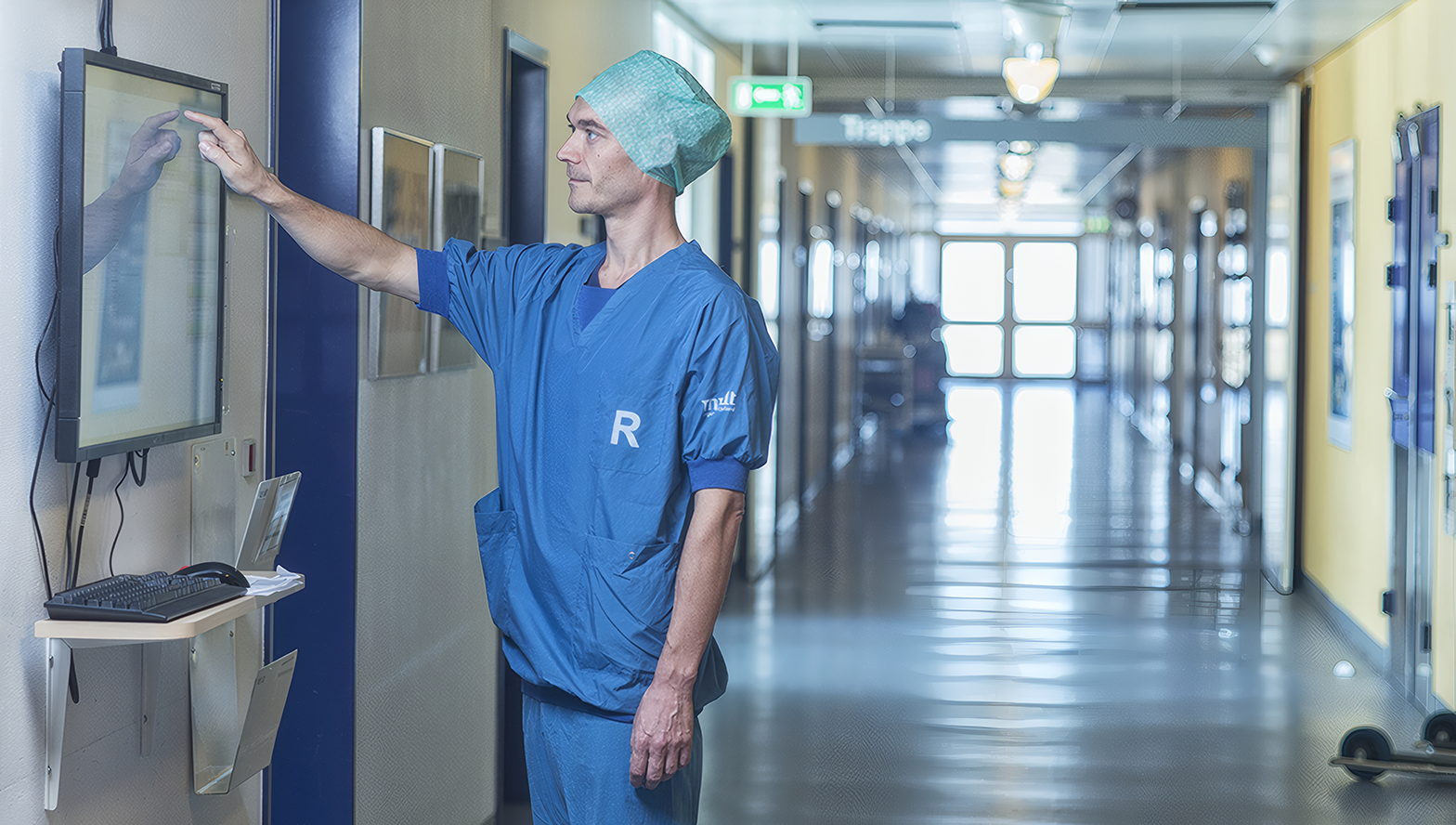

5 min.
April 4, 2023
The quest for a breast implant
Text:
Karen Gahrn
Photo:
Erik Nylund
Medical devices can suffer from manufacturing errors, but in recent years, barcodes have made it easier to track defects. With GS1 standards and technology, it's now possible to ensure traceability for everything from medicines to implants. The latter was at the center of an international scandal in 2010. It could have been nipped in the bud if barcodes had been as widespread as they are today.
1. The incident
In 2010, leading doctors discovered that the French company Poly Implant Prothèse had been selling its silicone breast implants for medical use, even though the silicone was intended for industrial use. In other words, the quality was not at all as promised. Poly Implant Prothèse had been engaging in this illegal practice for nine years, but the alarm was only raised when more and more implants started leaking. By that time, up to half a million women worldwide had been implanted with the company's breast implants.
2. Detection
At the time of the scandal, there was no single registry for implant registration. Or for many other medical devices for that matter. As a result, it took a long time to find the common denominator for the debilitating and sometimes fatal consequences experienced by women with implants. When the studies pointed to the implants, a new problem arose: Who had actually had them implanted? Scores of students were sent into the basements of clinics to see if they could find answers to who had Poly Implant Prothèse implants in them.
3. New control
Poly Implant Prothèse was not the reason for a pan-European concept for traceability - but the scandal was a catalyst. It was clear that there was a lack of traceability and therefore a common framework had to be created in legislation. The solution was Unique Device Identification (UDI). Since May 2017, the EU has been working towards medical devices (including implants) being reported and stored in a database. Today, medical devices are divided into different classes from 'high risk' to 'low risk'. Breast implants are 'high risk.
4. Database
All technical hurdles for a common European database have now been largely removed. Since 2021, it has been possible to submit data to the European database for medical devices (EUDAMED). Today, all implants are born with either a batch/lot number or a serial number as a Unique Device Identification Production Identifier (UDIPI). It's all about ensuring traceability in the process if a problem arises. Now you can zoom in directly on the individual product. No more sending people down into a basement in the hope that they will find the owner of a damaged implant.
5 Registration and standards
EUDAMED - the European database for medical devices - is the place where manufacturers can already register their products and make sure that the product master data is correct. The more information, the better the control. There are clear standards for what should be in the database. It is therefore also EUDAMED that will help in the event of a medical device incident. The database is not yet complete, but it is on its way.











